【系统公告】 接口好像出现了故障,请耐心等待恢复,带来的不便请您谅解。 本服务最新网址: https://chat18.aichatosrg.com 建议收藏,请勿在公开渠道传播,如需使用gpt4请前往https://iai.aichatos8.com.cn (需注册购买会员使用)connect ECONNREFUSED 127.0.0.1:33333
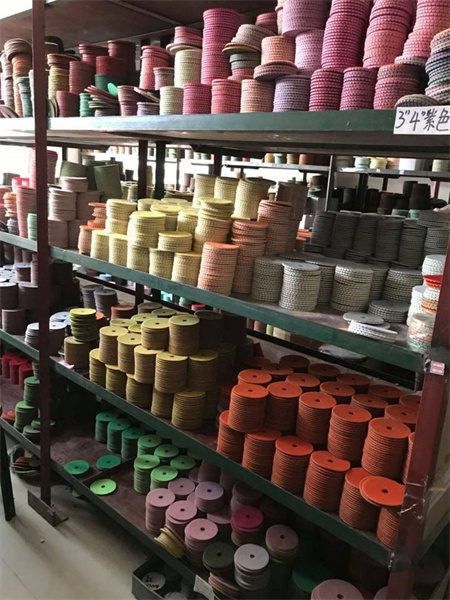
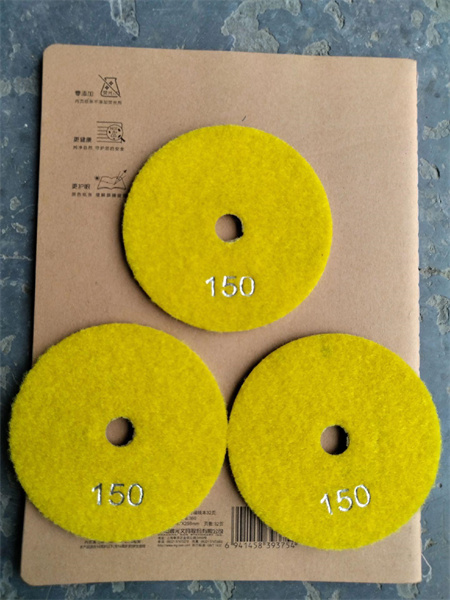
【系统公告】 接口好像出现了故障,请耐心等待恢复,带来的不便请您谅解。 本服务最新网址: https://chat18.aichatosrg.com 建议收藏,请勿在公开渠道传播,如需使用gpt4请前往https://iai.aichatos8.com.cn (需注册购买会员使用)connect ECONNREFUSED 127.0.0.1:33333


Diamond Polishing Pads for Engineering Stone Industry
In the world of engineering stone, achieving the perfect finish is paramount. Whether you’re working with granite, marble, or quartz, the quality of the polish can make all the difference. That’s where diamond polishing pads come in. These essential tools are designed to provide exceptional results, turning rough, unfinished stone surfaces into smooth, lustrous finishes that are both aesthetically pleasing and durable.
Diamond polishing pads are made with a combination of synthetic resin and industrial-grade diamonds, which makes them incredibly effective at grinding, smoothing, and polishing stone surfaces. Unlike traditional abrasives, diamond pads are known for their longevity and efficiency. The diamonds embedded in the pad work together to break down the stone gradually, leaving behind a flawless surface without causing excessive wear to the material.

What sets diamond polishing pads apart is their versatility. They come in different grits, which means they can be used for everything from rough grinding to achieving a high-gloss finish. For engineering stone industries, this adaptability is key, as different stages of stone processing require different tools. By starting with a coarse grit and gradually moving to finer ones, professionals can achieve a consistent finish with minimal effort.

The benefits of using diamond polishing pads go beyond just the finish. These pads help to reduce labor time, improve efficiency, and enhance the overall quality of the stonework. They are designed to withstand high pressure and heat, making them ideal for heavy-duty applications in manufacturing plants and construction sites. Plus, the use of diamond-based technology means that even the toughest materials can be polished with ease, reducing the need for frequent replacements and downtime.
For the engineering stone industry, where precision and consistency are crucial, diamond polishing pads have become an indispensable tool. They help workers achieve that mirror-like shine that engineering stone is famous for while maintaining the structural integrity of the material. Whether it’s for countertops, flooring, or decorative elements, these pads ensure that the final product not only looks stunning but also stands the test of time.
As the engineering stone industry continues to grow, the demand for high-quality polishing tools will only increase. Diamond polishing pads, with their superior performance and reliability, will continue to play a central role in meeting this demand, allowing professionals to create flawless stone products that exceed expectations.
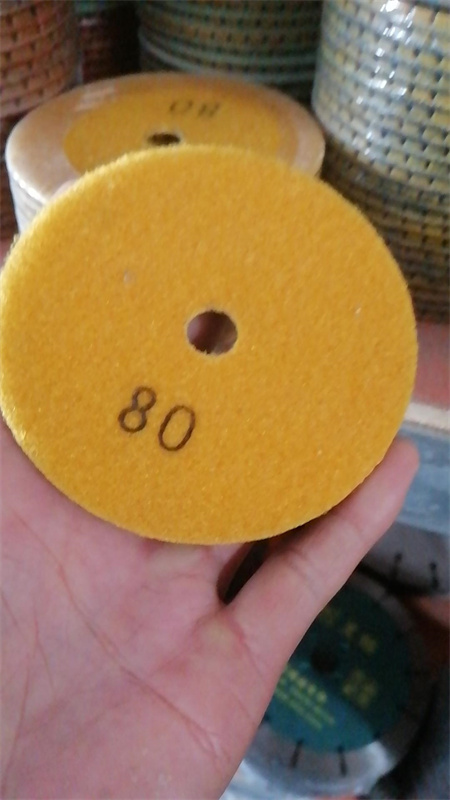
How Importers Buy Diamond Polishing Pads from China
For importers looking to source diamond polishing pads from China, the process can be both exciting and rewarding. With China’s reputation as a global manufacturing hub, there are numerous opportunities for businesses to find high-quality products at competitive prices. However, navigating the world of Chinese suppliers requires a bit of understanding and strategic planning.
Importers begin by doing their homework. Researching potential suppliers online is the most common first step. Platforms like Alibaba, Made-in-China, and Global Sources offer a wide range of suppliers showcasing various types of diamond polishing pads. These platforms make it easier to compare prices, quality, and delivery terms all in one place. But it’s important to not only look at product listings, but also consider the reputation of the suppliers, customer reviews, and their business history.

Once importers have narrowed down potential suppliers, reaching out for samples is the next logical step. Getting a sample allows the importer to inspect the quality of the polishing pads before placing a bulk order. This can also be a critical opportunity to establish a relationship with the supplier. When requesting a sample, it’s essential to clearly communicate the expectations regarding quality, specifications, and delivery timeframes.
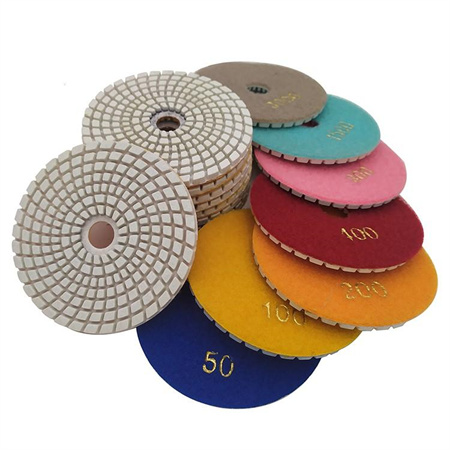
Communication with the supplier is key throughout the process. Importers should be precise about their needs and ensure that the supplier understands what is expected, especially when it comes to the specific features of the diamond polishing pads, such as grit size, material, and intended use. Being clear on these details helps prevent misunderstandings later on.
After receiving samples and evaluating them, the next step is negotiating terms. Price is usually a crucial factor, but importers should also consider shipping costs, lead time, and payment terms. Many Chinese suppliers are open to negotiation, and a good importer knows how to balance cost savings with product quality. Depending on the order size and the relationship built with the supplier, discounts and favorable terms can often be secured.
Once both parties agree on the terms, the bulk order is placed. At this stage, it’s important to confirm shipping arrangements and ensure that all necessary import/export paperwork is in order. Depending on the destination country, importers may need to work with customs brokers or freight forwarders to streamline the delivery process.

The final step in the process is receiving the goods. Importers should inspect the shipment thoroughly to ensure that the diamond polishing pads meet the agreed-upon specifications. Any discrepancies should be addressed promptly with the supplier.
Buying diamond polishing pads from China can be a seamless experience when importers take the time to research suppliers, negotiate favorable terms, and ensure quality control. By following these steps, importers can tap into one of the world’s most robust manufacturing markets while securing high-quality products for their businesses.
Stone polishing is an essential process in maintaining the shine and smoothness of various stone surfaces, from countertops to flooring. For stone professionals and DIY enthusiasts, the right polishing pad can make all the difference in achieving a flawless finish. A factory that specializes in producing high-durability resin bond pads is key to providing these professionals with the tools they need to get the job done right.

Resin bond polishing pads are known for their strength and long-lasting performance. These pads are designed to withstand the rigorous demands of stone polishing, offering consistent results over extended periods of use. The secret to their durability lies in the quality of the resin bond, which is carefully formulated to resist wear and tear, even under heavy pressure. This makes resin bond pads the preferred choice for both high-volume commercial applications and residential projects.
One of the primary benefits of these high-durability pads is their ability to work on a variety of stone surfaces. Whether it’s granite, marble, or concrete, the resin bond pads are versatile enough to handle different materials without compromising on quality. The aggressive yet controlled grinding action ensures that professionals can achieve the desired level of smoothness and shine without damaging the surface.

A stone polishing pad factory with a focus on durability and quality ensures that every pad meets the highest standards. These factories use advanced manufacturing techniques and rigorous quality control measures to produce pads that consistently deliver exceptional results. By working with such a factory, stone professionals can rely on their pads to perform optimally, ensuring that their work is both efficient and of the highest quality.
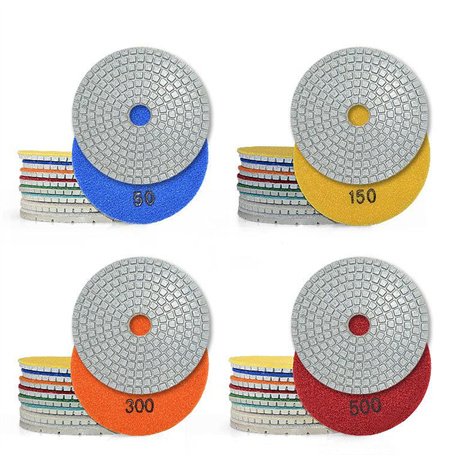
Moreover, durability doesn’t just mean longer-lasting performance—it also translates to cost savings. With resin bond pads that stand up to repeated use, professionals don’t have to worry about frequent replacements, making them a more economical choice in the long run. Whether you are looking to polish a few surfaces or tackle large-scale projects, high-durability pads are the smart choice.
In the world of stone polishing, having the right tools is crucial for achieving top-notch results. A factory that produces high-durability resin bond pads stands out by delivering products that not only meet but exceed the expectations of stone professionals. With these pads, both durability and efficiency are guaranteed, making every polishing task easier and more effective.
When it comes to finding the best polishing pads factory for stone tools in China, it’s essential to focus on quality, reliability, and innovation. With China being a hub for industrial manufacturing, especially in stone-related products, selecting the right factory for polishing pads can make a significant difference in the outcome of your stone finishing projects.

The right polishing pads are crucial for achieving that flawless, smooth surface on granite, marble, and other types of stone. A good factory ensures that each pad is crafted with precision and made from top-quality materials that offer superior durability and consistency. Whether you’re working on a large commercial project or a small-scale renovation, high-performance polishing pads are a game-changer.
A standout feature of top Chinese factories is their investment in advanced technology. Modern equipment and production lines enable manufacturers to produce polishing pads that are not only effective but also consistent in their performance. The combination of traditional craftsmanship and cutting-edge innovation gives these factories an edge in creating products that meet the highest standards in the industry.
China’s leading factories also emphasize research and development, ensuring that their polishing pads evolve with the latest trends and demands of the stone industry. This includes producing pads for different stone types, as well as pads designed for specific polishing techniques, offering solutions for every need.
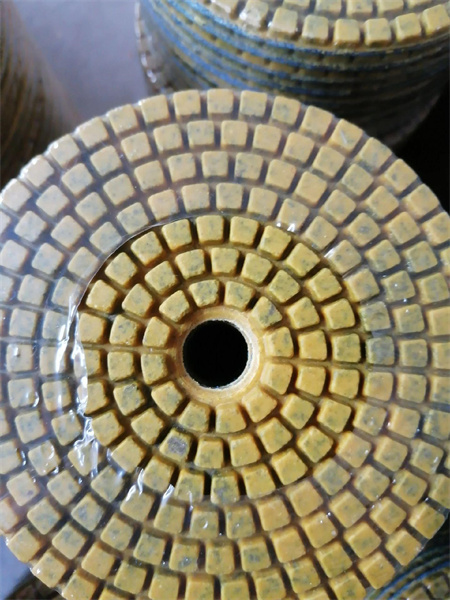
Another key factor is customer service. The best manufacturers in China not only provide high-quality products but also offer excellent customer support, ensuring smooth communication and timely delivery. They understand the importance of being responsive to customer inquiries and providing technical support whenever needed.
With countless options available, it’s clear that China is home to some of the best polishing pad factories in the world. The ability to source high-quality stone tools at competitive prices, combined with the expertise these factories offer, makes them a go-to choice for businesses and professionals in the stone industry. So, if you’re looking for reliable polishing pads that deliver top-notch results, look no further than China’s leading stone tool factories.
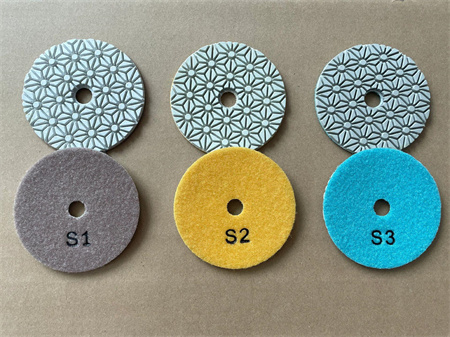
Diamond Polishing Pads for Floor Supplier China
When it comes to achieving a flawless finish on stone floors, diamond polishing pads are essential tools. As a trusted supplier from China, we understand the importance of high-quality, durable pads that help deliver smooth, shiny surfaces every time. Whether you’re working on granite, marble, or concrete, the right polishing pad can make all the difference in your flooring projects.
Diamond polishing pads are specifically designed to smooth and refine surfaces. With advanced technology and premium materials, these pads ensure an outstanding finish, bringing out the natural shine of your floors. What sets our diamond pads apart from the rest is their ability to tackle various hardness levels of stone, all while offering great longevity. Unlike traditional pads, diamond pads resist wear and tear, maintaining their performance over an extended period.
As a leading supplier in China, we offer a wide range of diamond polishing pads tailored to meet the specific needs of floor finishing professionals. From wet to dry polishing, our pads cater to different preferences and requirements. Whether you’re a contractor looking to enhance efficiency or a homeowner aiming to revitalize your stone floors, we provide a solution that’s both effective and affordable.

What makes our diamond pads unique is their versatility. They’re ideal for use on floor surfaces that require precision and high performance, allowing for an ultra-glossy finish that stands out. Plus, their efficient heat dissipation and low dust production make them environmentally friendly and easy to use.
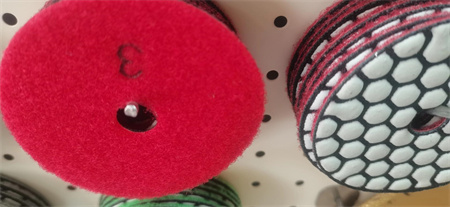
Many industries have relied on our diamond polishing pads to achieve the desired outcomes on various types of stone. Thanks to our advanced manufacturing processes, we ensure that each pad meets international quality standards while maintaining competitive pricing. We pride ourselves on offering solutions that don’t compromise on quality but are designed to enhance productivity, whether you’re working on commercial projects or home improvement.
Our commitment to delivering superior products extends beyond just providing pads. We support our clients by offering detailed product information, tips, and guidelines to help you get the best results possible. With a reputation for reliability, we ensure that each batch of diamond polishing pads delivers consistent, impressive results every time.
If you’re looking for a trusted supplier of diamond polishing pads in China, look no further. With high performance, durability, and a wide range of options, our products will help elevate the look of your floors and improve your workflow. Reach out to us today for more information!
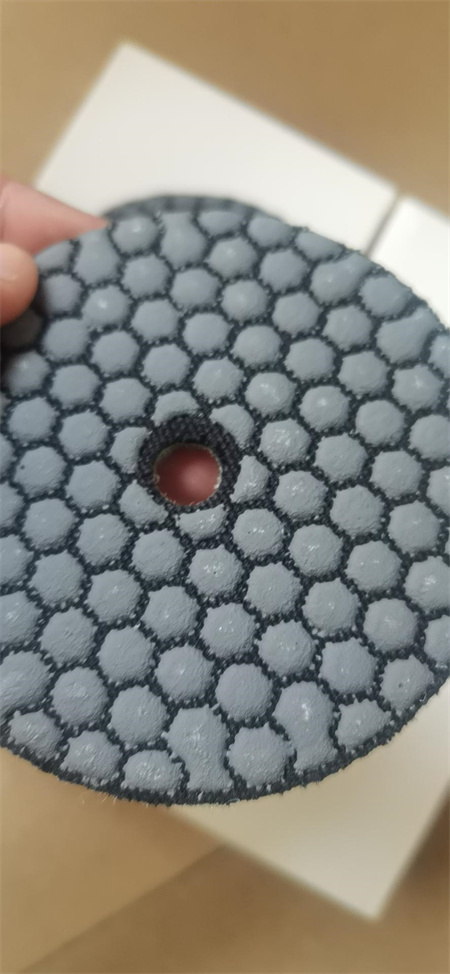
Flexible vs Rigid Diamond Polishing Pads – Buyer’s Guide
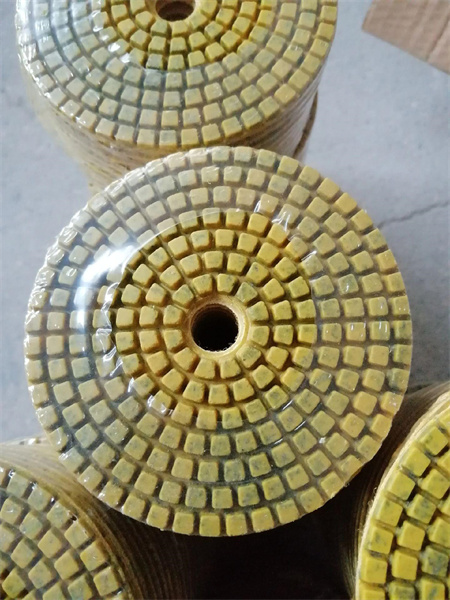
When it comes to polishing surfaces like granite, marble, or concrete, choosing the right diamond polishing pads can make all the difference. With so many options out there, two types stand out: flexible and rigid. While both have their unique advantages, understanding their differences is key to achieving the best finish. Let’s dive into how these two types of pads compare, and which one might be the right choice for your polishing needs.
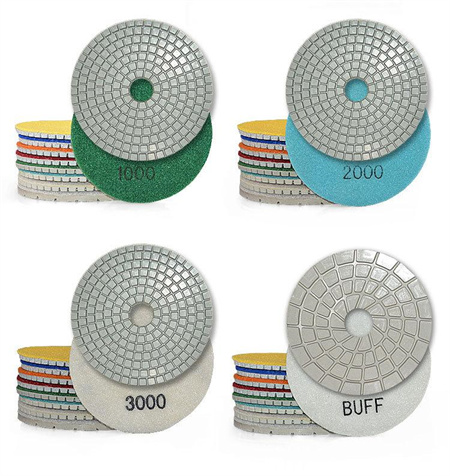
Flexible diamond polishing pads are known for their versatility and ability to adapt to various surface shapes. They are typically made of a soft resin that allows them to mold around curves and edges. This flexibility makes them ideal for projects that involve intricate, uneven, or curved surfaces. Whether you’re polishing countertops or working on delicate, intricate stonework, flexible pads offer a more forgiving touch that reduces the risk of damaging the material. They also tend to produce a finer, more polished finish, which is especially valuable when working with high-end materials.
On the other hand, rigid diamond polishing pads are built for power and precision. These pads are made with a firmer backing and are best suited for flat, even surfaces. They excel when it comes to removing heavy scratches, grinding rough surfaces, or achieving a high level of abrasion. If you’re dealing with hard, durable materials and need a pad that can handle tough jobs without losing performance, rigid pads are the way to go. They offer a consistent finish and work best in situations where smooth, even results are a priority.
One of the biggest factors to consider when choosing between flexible and rigid pads is the type of surface you’re working with. If you’re working on a smooth, flat surface and need a tough, aggressive grind, rigid pads are a solid choice. They can efficiently tackle challenging tasks like resurfacing large areas or removing deep scratches. However, for more delicate or curved surfaces, flexible pads allow for a finer finish without the risk of uneven polishing.
Price can also play a role in your decision-making process. Generally, rigid pads are less expensive than flexible ones. However, considering the job at hand and the type of results you’re aiming for might justify the extra investment in flexible pads. A more specialized tool could save time and provide a better result in the long run.
In conclusion, your choice between flexible and rigid diamond polishing pads depends largely on the nature of your project. For those looking for precision, heavy-duty grinding, and uniform results, rigid pads are a strong contender. But if you need to polish curves, edges, or delicate surfaces, flexible pads will likely give you the best finish. Understanding these differences and aligning them with your specific needs will ensure you get the most out of your polishing process.

Title: Diamond Polishing Pad Supplier Factory Price China
Looking for top-quality diamond polishing pads at an affordable factory price? Look no further! China has become a leading supplier of diamond polishing pads, known for producing high-performance tools for various industries. Whether you’re in construction, stone processing, or automotive detailing, these pads are designed to meet the toughest polishing needs.

The beauty of sourcing diamond polishing pads from China lies not only in the price but also in the sheer variety and customization options available. These pads are crafted with precision, using the best diamond grit technology, ensuring an impeccable finish on all surfaces. From granite countertops to marble floors, the pads deliver a smooth, glossy finish that enhances the appearance of any material.
China’s factories operate at scale, which means they can offer competitive prices without compromising on quality. The production process is efficient and uses advanced machinery, which allows for high-volume manufacturing. As a result, the cost savings are passed on directly to the consumer, providing exceptional value for money. Whether you’re buying in bulk or just a few pieces, you’ll find the prices incredibly reasonable.

Another significant advantage of Chinese suppliers is the wide range of options they provide. From different grit sizes to specialized pads for polishing specific materials, these suppliers offer flexibility that meets every requirement. Whether you’re polishing stone, glass, or concrete, there is a pad for you. The pads come in various configurations, including wet and dry options, allowing for a versatile range of applications.
In addition to high-quality products, many suppliers in China also prioritize customer satisfaction. With years of experience in the industry, they understand the importance of timely deliveries and clear communication. Most suppliers are ready to work with you to provide customized solutions and fulfill your specific needs. Their customer support teams are well-versed in helping you choose the right pad for your project, ensuring that you get the best results every time.

Choosing a diamond polishing pad from a reputable supplier in China offers numerous benefits, from cost savings to product quality. The factory prices ensure that you get the best value for your investment without compromising on performance. Whether you’re a small business owner or a large-scale manufacturer, these pads will make a difference in the quality of your work and help you achieve professional-level finishes with ease.
Diamond Polishing Pads Packaging and Shipping Cost Guide
When it comes to diamond polishing pads, ensuring they are properly packaged and shipped is crucial to maintaining their quality and durability. These pads, designed for precision and long-lasting performance, require special attention during the packaging and shipping process to avoid damage. Whether you are a manufacturer or a distributor, understanding the costs involved in both packaging and shipping can help you optimize your process and ensure the smooth delivery of your products to customers.
Packaging for diamond polishing pads is an essential step in preserving the integrity of these delicate tools. Since they are typically made from high-quality materials and designed to handle specific tasks, it’s important to use packaging that protects them from physical damage. The most common types of packaging include sturdy boxes or custom-fitted packaging materials that keep the pads in place and shield them from external impact. Additionally, vacuum-sealed bags or plastic wraps can be used to protect the pads from moisture and dirt, which could potentially affect their performance.
On top of the basic packaging, certain accessories may be needed depending on the specific requirements of the pads. For example, extra cushioning like bubble wrap or foam inserts can prevent pads from shifting or being damaged during transit. Also, for bulk orders, customized packaging that stacks the pads efficiently can help save space, reducing overall shipping costs.
When it comes to shipping, the cost will vary depending on factors like the size, weight, and destination of the package. Shipping fees for diamond polishing pads can range from affordable to costly, especially when sending large quantities or shipping internationally. Domestic shipping costs are usually lower and can be easily calculated based on the weight and dimensions of the package. However, international shipping may involve customs fees and taxes, which can increase the overall shipping cost.
For businesses that ship diamond polishing pads frequently, working with a reliable shipping provider is essential. You can negotiate rates with logistics companies or use fulfillment centers to handle both the packaging and shipping. This can save time and help streamline the overall process.
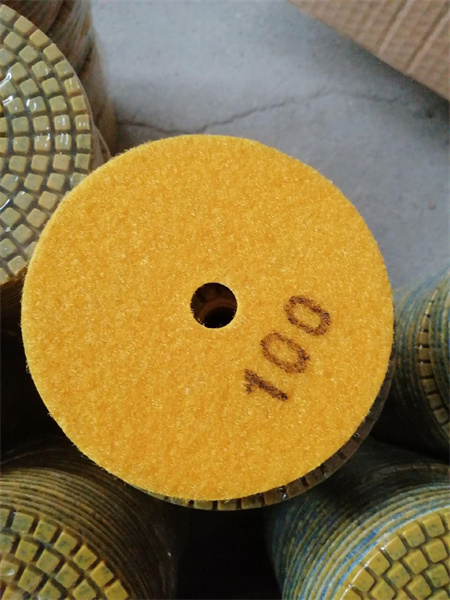
To keep costs in check, it’s essential to consider the most efficient way to pack and ship your diamond polishing pads. Whether you’re shipping one pad or hundreds, optimizing your packaging and shipping methods can improve your bottom line while ensuring that your customers receive their orders safely and promptly.
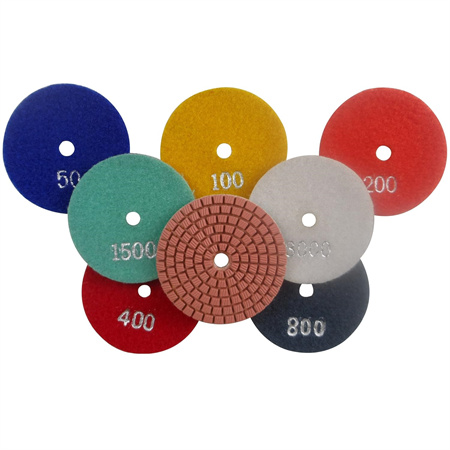

Stone polishing pads are essential tools for contractors working with terrazzo and concrete floors. Whether you’re polishing newly installed floors or restoring an old surface, using the right pads can make all the difference in achieving a smooth, high-quality finish. If you’re a contractor or business looking to source these pads, finding a reliable stone polishing pad exporter is key to keeping your projects running smoothly and on time.
When selecting stone polishing pads for terrazzo and concrete floors, it’s important to focus on quality and durability. High-quality pads are designed to endure the demanding conditions of concrete and terrazzo floors, providing consistent results without wear and tear. As a contractor, you want tools that will keep up with your pace and deliver the results your clients expect.
A good stone polishing pad exporter understands the needs of contractors and offers a wide range of pads that cater to different stages of floor polishing. From coarse pads for the initial grind to fine pads for the final finish, these exporters ensure that each pad is engineered for precision and longevity. Whether you’re dealing with a rough concrete surface or a delicate terrazzo floor, having the right pad can significantly enhance your work efficiency.

One of the biggest advantages of sourcing your stone polishing pads from an experienced exporter is the ability to access high-quality products at competitive prices. These exporters typically offer bulk purchasing options, which can help contractors save money while ensuring they have enough supplies for multiple projects. The key is to build a strong relationship with your supplier to ensure that you’re always equipped with the best tools for the job.

With the right polishing pads, contractors can achieve flawless finishes on both terrazzo and concrete floors. These pads provide the perfect balance between cutting power and finesse, allowing you to work quickly without compromising on quality. Whether you’re working on commercial or residential projects, investing in high-performance polishing pads can elevate the results you deliver, enhancing your reputation as a skilled contractor.
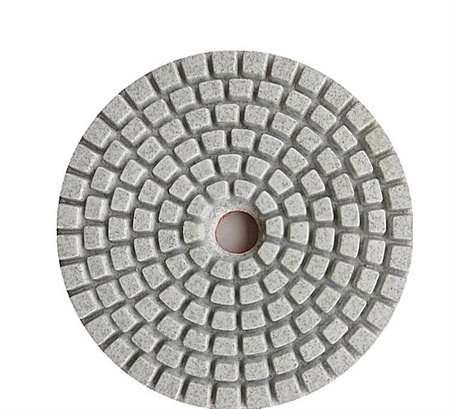
In today’s competitive market, contractors need a supplier they can trust. When searching for a stone polishing pad exporter, it’s essential to choose one with a proven track record of delivering top-notch products and customer service. This ensures that every project you undertake is equipped with the best tools, ultimately leading to satisfied clients and repeat business.